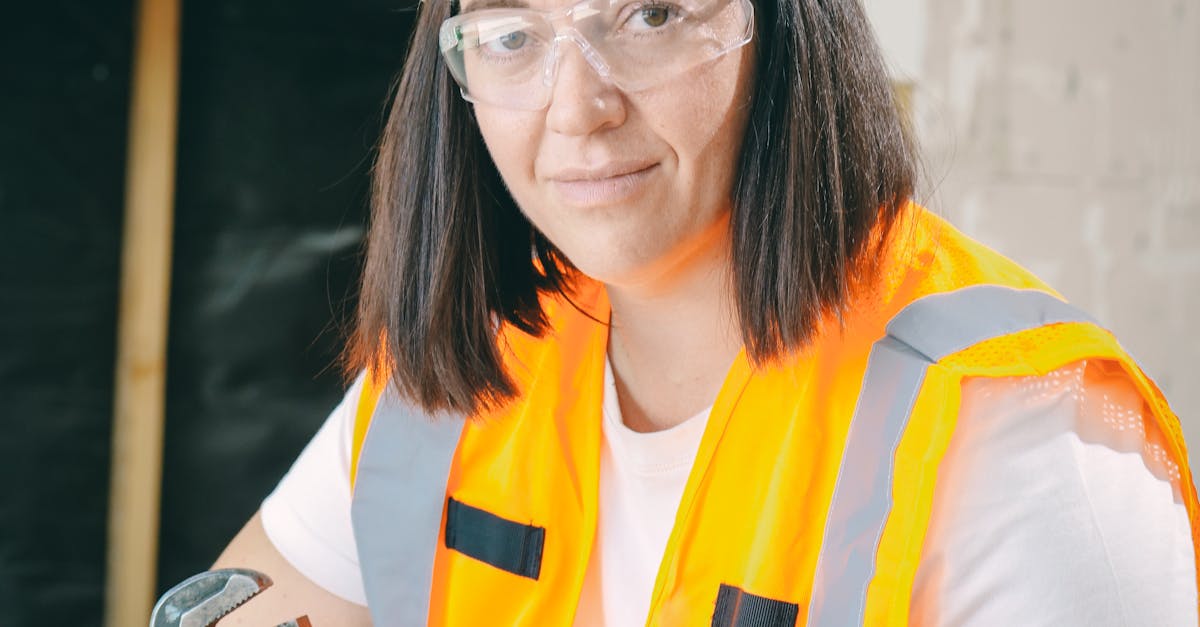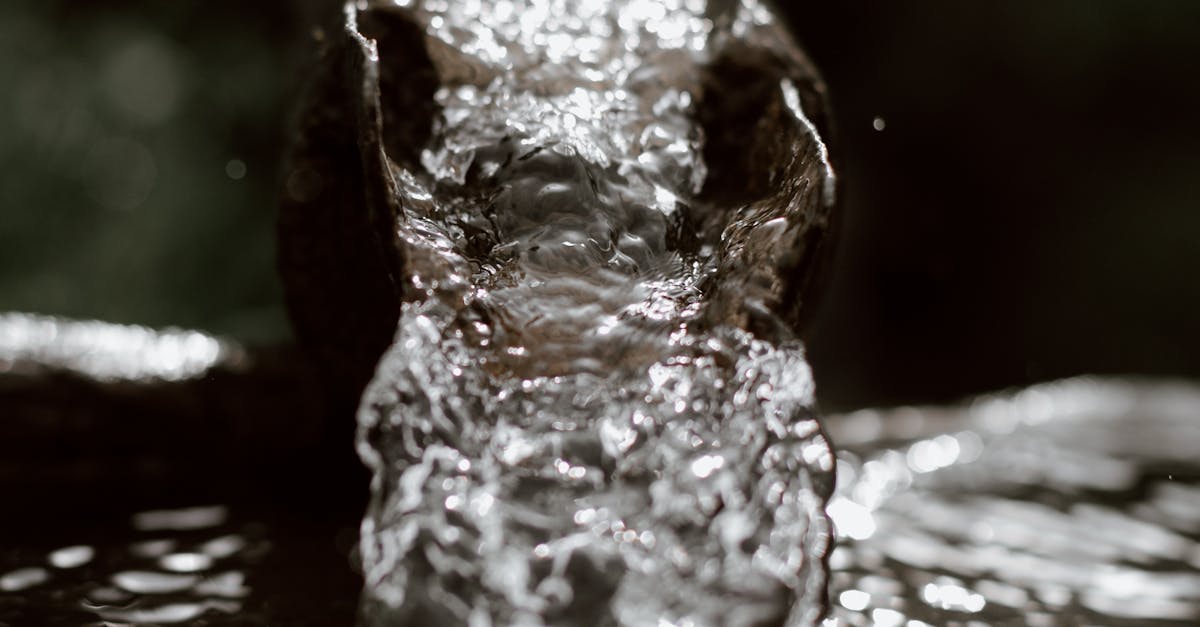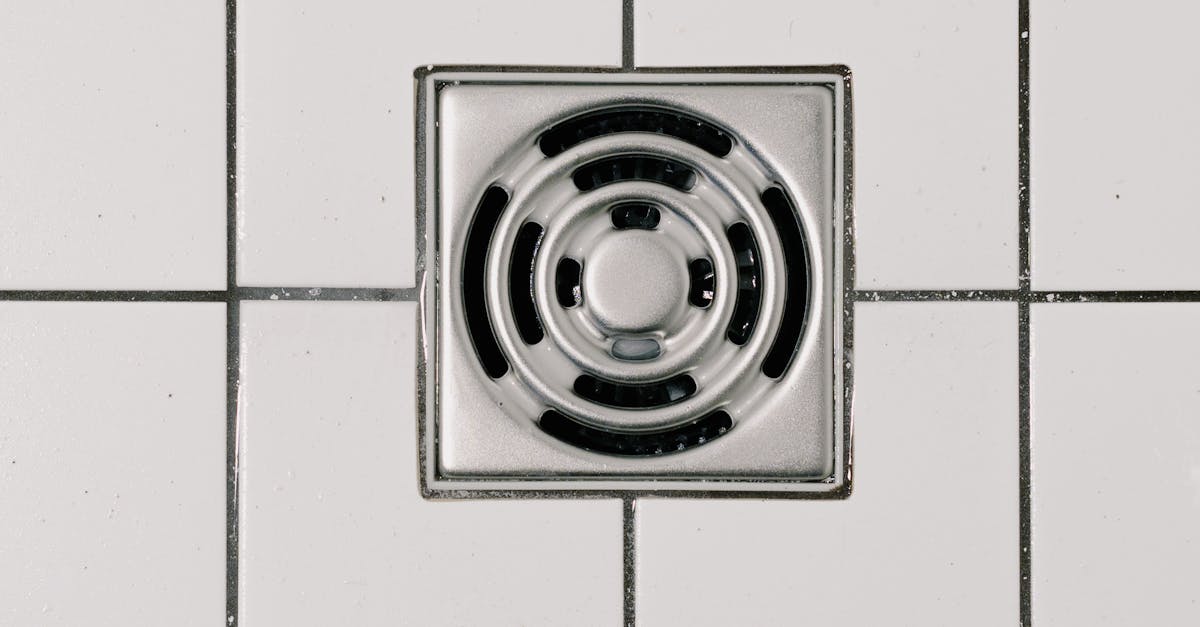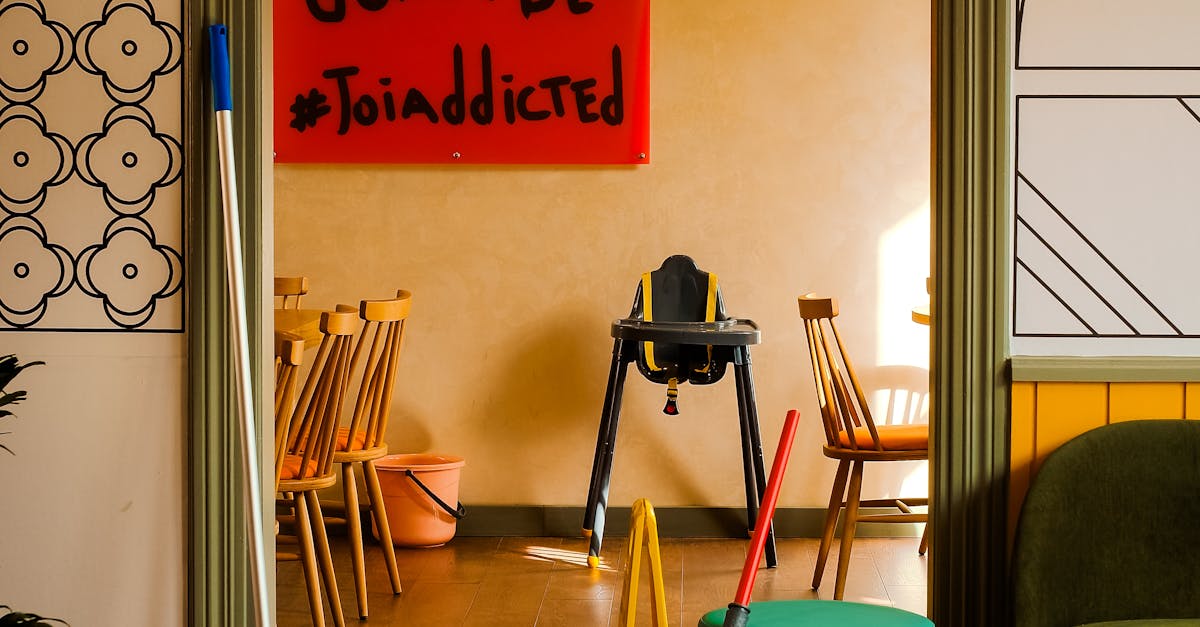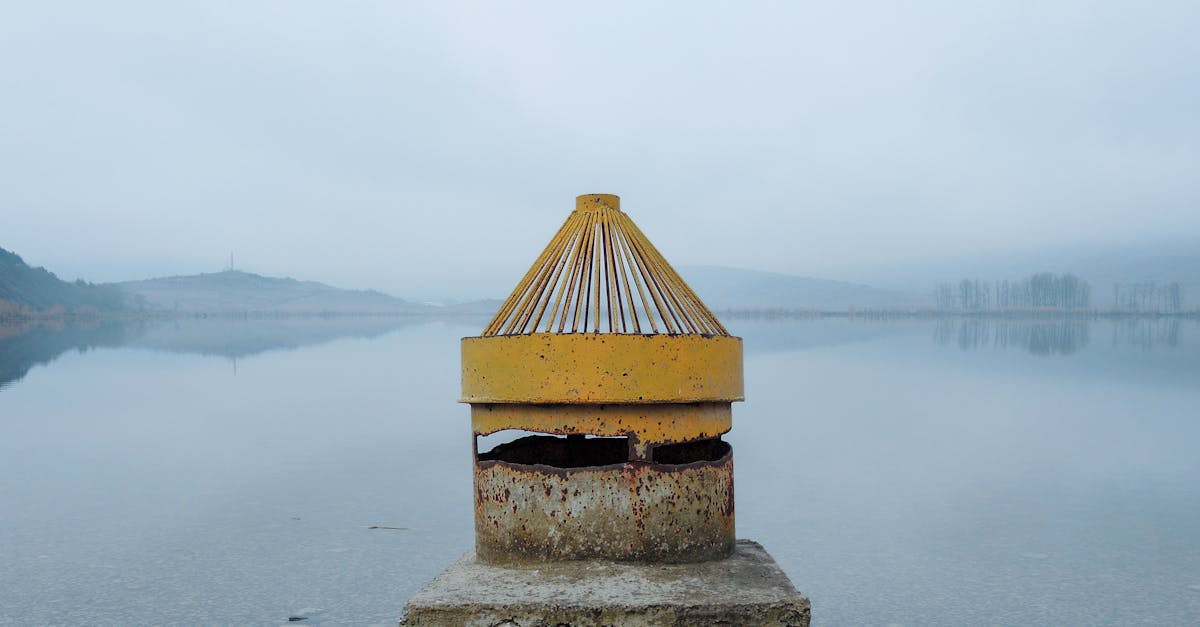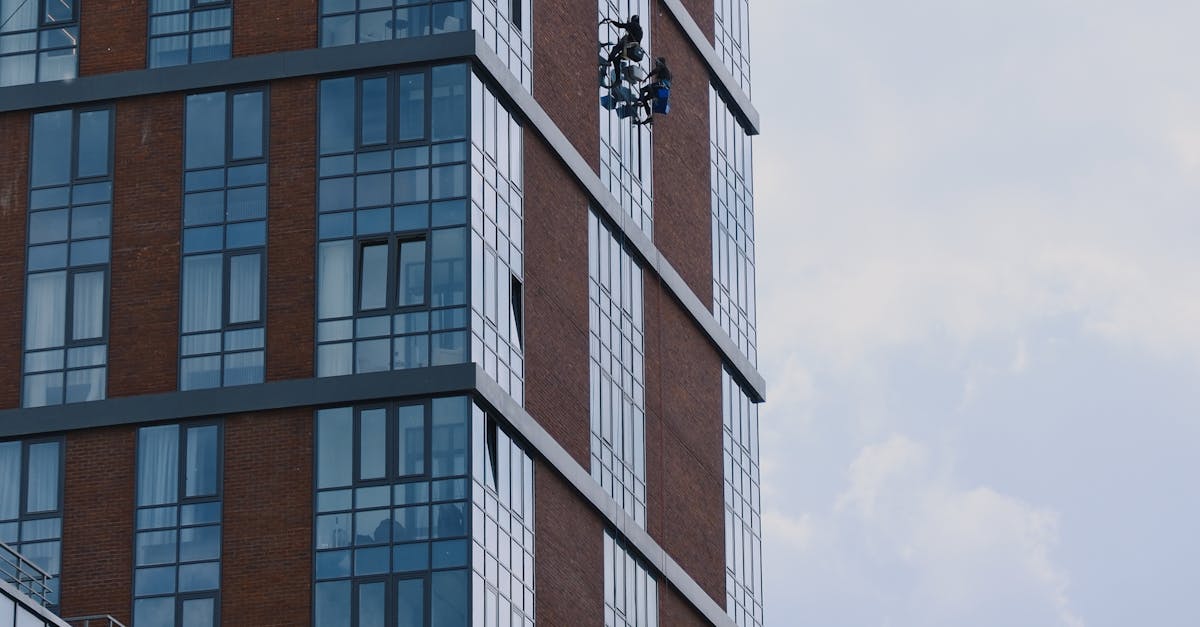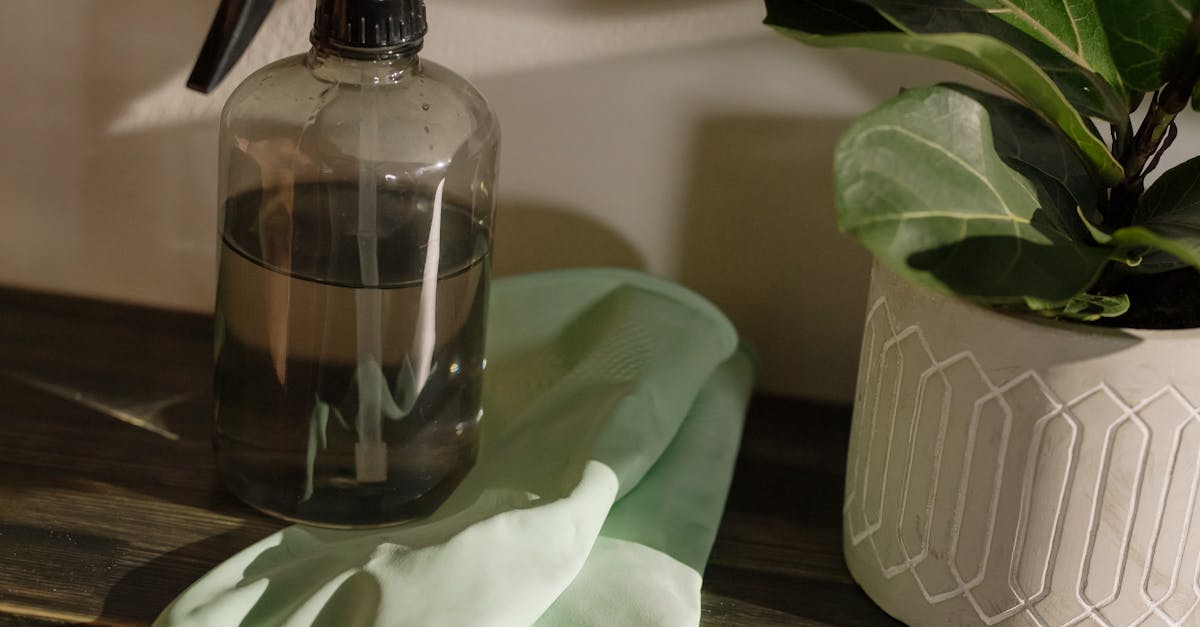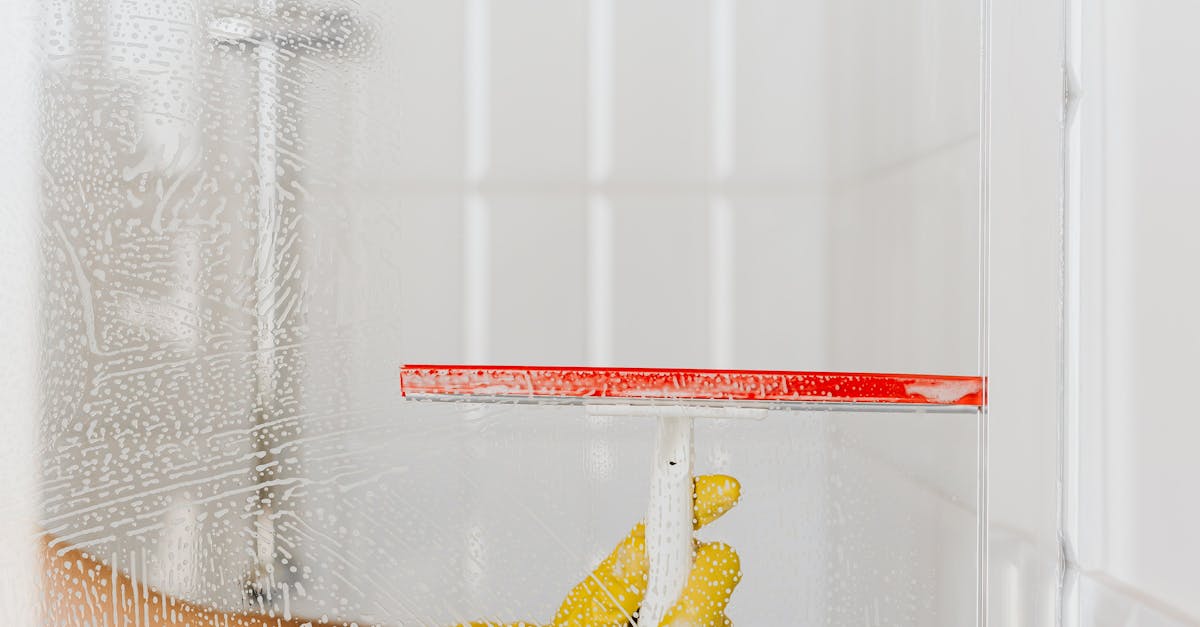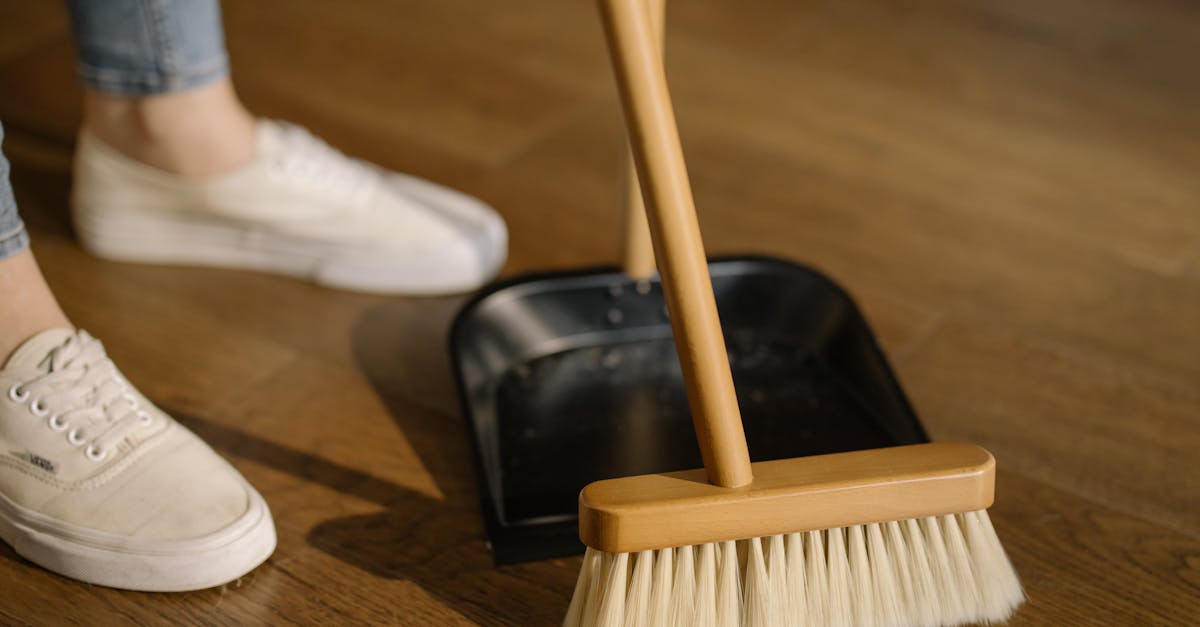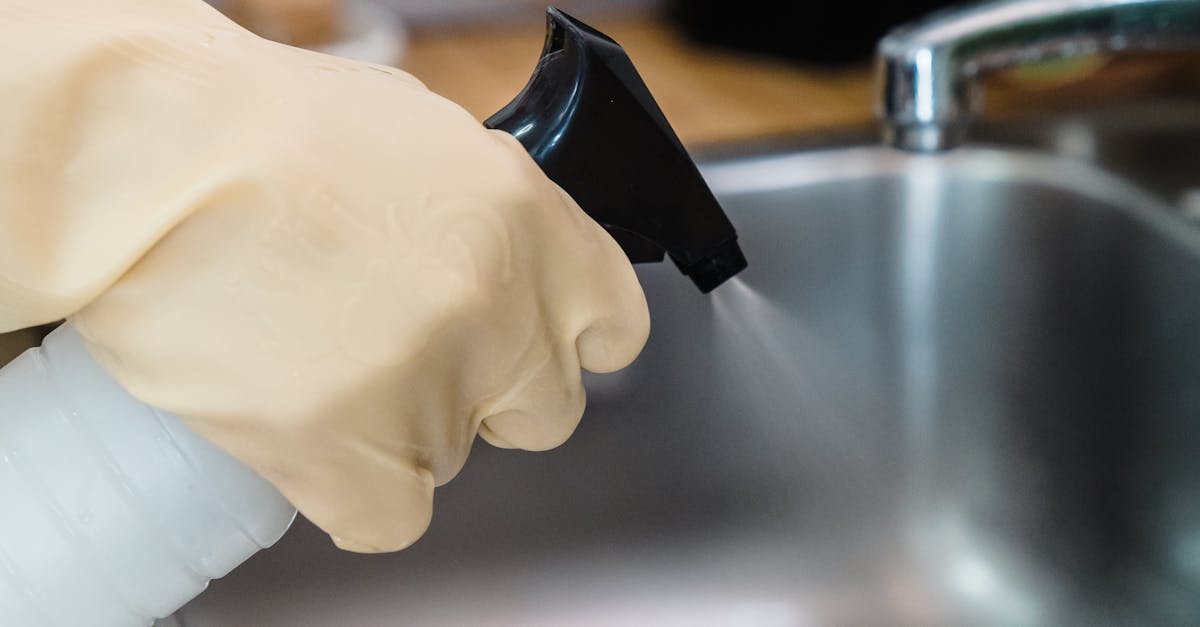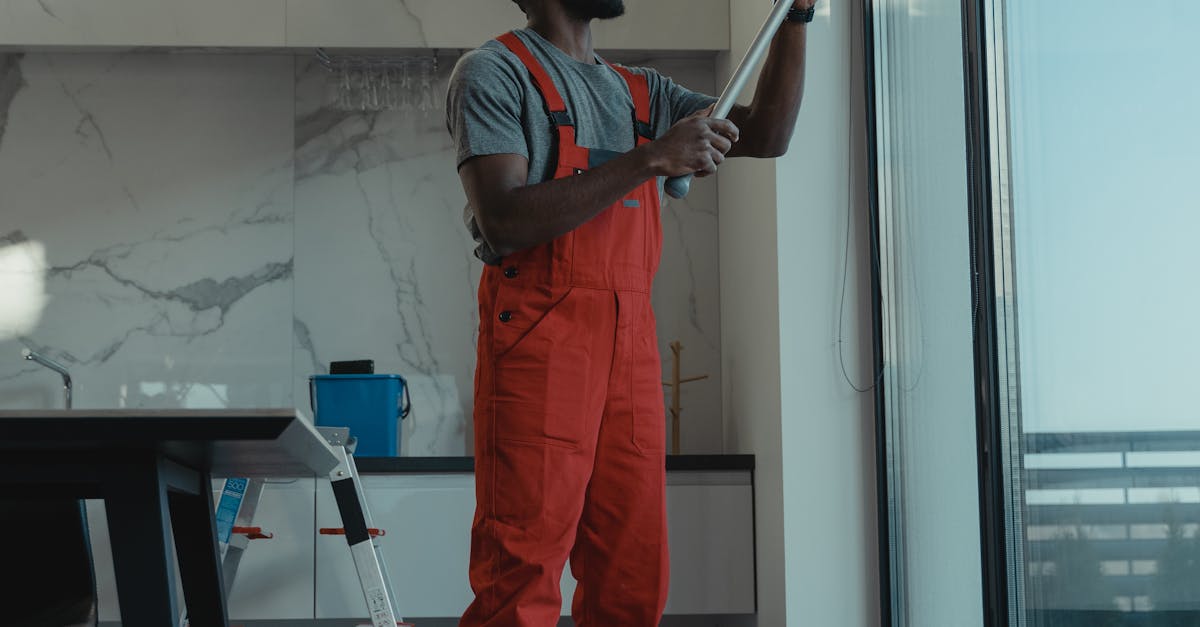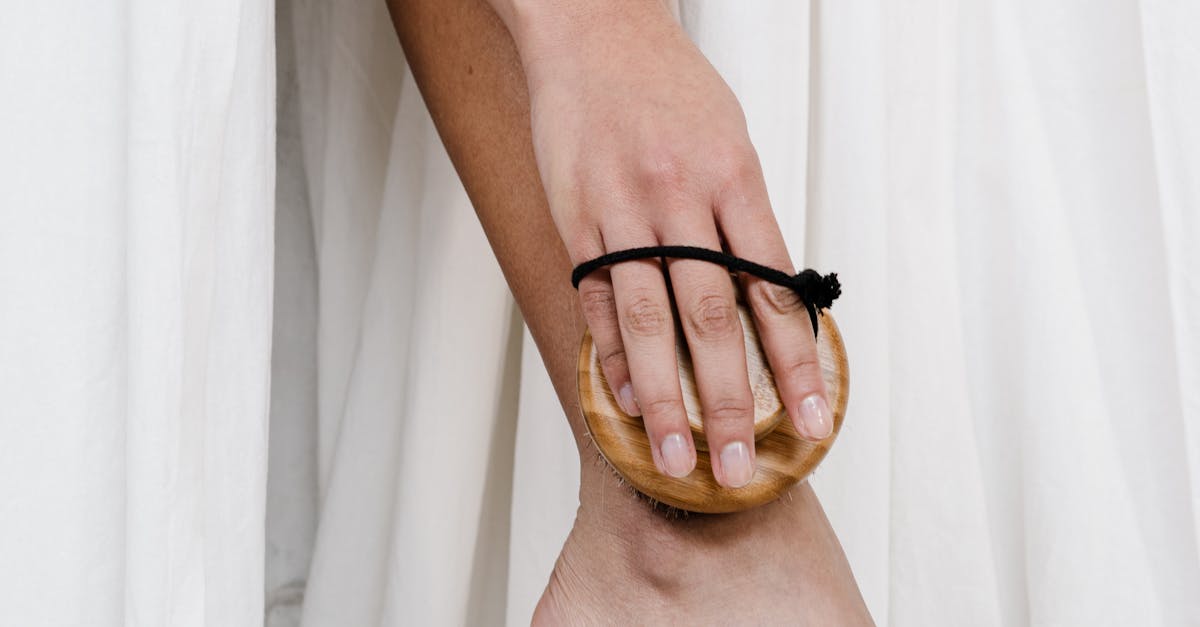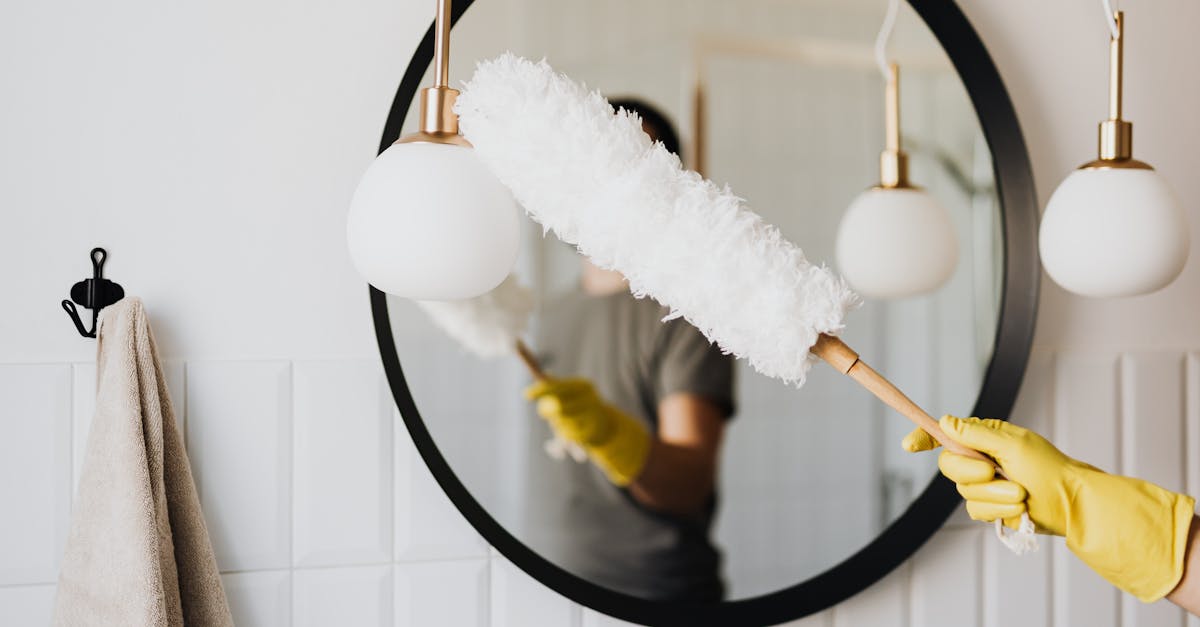
Table Of Contents
Choosing the Right Plumbing Supplies
Selecting appropriate plumbing supplies is crucial for a successful sink installation and repair. Begin by choosing a sink that fits your kitchen or bathroom space, considering both functionality and aesthetics. Ensure the materials are durable, such as stainless steel or ceramic, to withstand everyday use. Familiarising yourself with various sink styles, including undermount and drop-in options, will aid in making an informed choice.
Next, gather essential components needed for the installation process. This includes appropriately sized pipes, fittings, and connectors that match the existing plumbing infrastructure. Additionally, invest in quality tools to ensure precise cuts and secure fittings. Gathering a comprehensive list of supplies will simplify the installation and minimise potential setbacks during the project.
Essential Fittings and Components to Consider
When embarking on a sink installation project, selecting the right fittings and components is crucial for ensuring a successful outcome. Begin with the basin itself, considering the size and style that best fit your space. Also, pay attention to the type of material used in the sink, as this can affect durability and resistance to stains and scratches. Additional components such as the faucet, drain assembly, and mounting hardware also play significant roles. Choosing high-quality fixtures can enhance both the functionality and aesthetic appeal of your new sink.
In addition to the sink and faucet, specific plumbing supplies are essential for a seamless installation. You will need flexible water supply lines to connect the faucet to the water source. A P-trap is necessary to manage wastewater and prevent sewer gases from entering your home. Don't forget to stock up on plumber's tape and sealants, which ensure leak-free connections. Proper preparation with these components will simplify the process, making sink installation and repair much more manageable.
Installing the New Sink
When installing a new sink, the first step involves removing the old unit. Turn off the water supply and disconnect the plumbing fixtures. Use a basin wrench to loosen the nuts securing the drain and water supply lines. Carefully lift out the old sink, ensuring no damage occurs to surrounding cabinetry or countertops. Cleanse the area where the new sink will sit to ensure a solid, debris-free installation.
Once the old sink has been removed, it’s time to position the new sink. Place the sink into the cut-out of the countertop. Make sure it fits properly and is level. Next, apply plumber's putty to create a watertight seal around the drain area. Secure the sink according to the manufacturer’s instructions. After this, reconnect the water lines and drainage. This step is crucial in the overall process of sink installation and repair, as improper connections may lead to leaks or water damage.
Connecting the Sink to Water Lines and Drainage
Connecting your new sink to the water lines and drainage system is a critical step in the sink installation and repair process. Start by ensuring you have the right supplies. This includes flexible water supply lines that are the appropriate length to reach your existing plumbing. It's also essential to use Teflon tape on threaded connections to prevent leaks. Securely attach the water supply lines to the faucet, making sure not to overtighten, as this can damage the fittings.
For the drainage connection, align the sink's drain with the existing waste pipe. Use a siphon trap to facilitate proper drainage and prevent any unpleasant odours from entering your home. Ensure all connections are tight, and apply plumber's putty around the drain flange for a watertight seal. Checking for leaks after the installation is crucial; run water through the sink periodically to confirm all joints are secure and functioning correctly.
Common Challenges During Installation
Installing a sink can present various challenges, particularly for those new to DIY plumbing. One common issue arises when existing plumbing does not align with the new sink’s fittings, making connections difficult. Additionally, outdated pipes may require adaptation or replacement, adding complexity to the process. Proper measurements and a keen eye for detail are crucial to ensuring everything fits seamlessly.
Another obstacle often encountered during sink installation and repair is dealing with water leaks. Improper sealing around fittings can lead to frustrating and messy situations. Regularly checking connections for tightness and applying plumber’s tape where necessary can help mitigate these risks. While troubleshooting can be daunting, understanding potential issues can make the process smoother and more manageable.
Troubleshooting Issues You Might Encounter
Troubleshooting issues during a sink installation can be frustrating, but being prepared can make the process smoother. One common problem is water leakage around the fittings. It often stems from loose connections or improper sealing. Check all connections to the water lines and ensure that you have applied the correct amount of plumber’s tape. If the leak persists, you may need to disassemble the fittings and examine the washers and seals to see if they need replacement.
Another frequent challenge is dealing with drainage issues. If water isn’t draining properly, it could be due to a blockage in the pipes or incorrect positioning of the drain assembly. Inspect the P-trap and ensure it’s aligned correctly, as even a slight misalignment can cause drainage problems. If blockages are suspected, using a plumber's snake or a wet/dry vacuum may help clear the pipes. Sink installation and repair can often uncover hidden complications, so patience and attention to detail are essential.
FAQS
Do I need any special tools to install my own sink?
Yes, you will need a few essential tools such as a wrench, screwdriver, pliers, and possibly a basin wrench depending on your sink's setup.
Can I install a sink without any prior plumbing experience?
While some basic plumbing knowledge is helpful, many DIY enthusiasts successfully install their own sinks by following detailed instructions. However, if you're unsure, consulting a professional can save you time and effort.
How long does it typically take to install a sink?
The time needed to install a sink can vary, but most DIY installations can be completed in a few hours if you have the right tools and a clear plan.
What should I do if I encounter a leak after installation?
First, turn off the water supply to the sink. Then, check all connections to ensure they are tightened properly. If the leak persists, you may need to replace a washer or seal, or consult a plumber if you're unable to resolve the issue.
Are there any permits required for installing a sink?
It depends on your local regulations. In some areas, plumbing work may require a permit, especially if it involves major alterations to existing plumbing systems. It's best to check with your local council or a plumbing professional.
